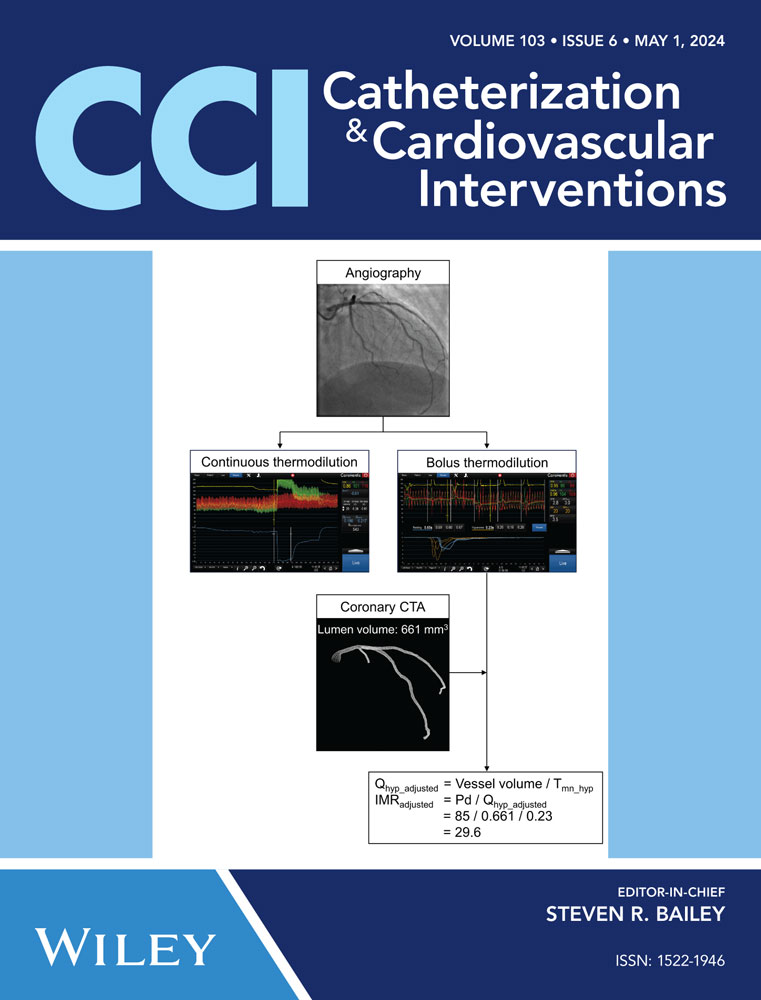A multicenter prospective observational study appraising the effectiveness of the Supera stent after subintimal recanalization of femoro-popliteal artery occlusion: The SUPERSUB II study
Abstract
Background
Complex femoropopliteal artery disease represents a challenge. The Supera stent holds the promise of improving the results of endovascular therapy for complex femoropopliteal disease.
Aims
We aimed at appraising the early and long-term effectiveness of the Supera stent after successful subintimal angioplasty (SuperSUB strategy) for complex femoropopliteal lesions.
Methods
We conducted a multicenter, prospective, single-arm observational study including consecutive patients at participating centers in whom Supera was implanted after successful subintimal angioplasty for complex femoropopliteal lesions.
Results
A total of 92 patients were included Femoropopliteal arteries were the most common target, and lesion length was 261 ± 102 mm. Most procedures were technically demanding, with antegrade femoral access in 35 (38%) and retrograde distal access in 55 (60%). Supera stent length was 281 ± 111 mm, with 4, 5, and 6 mm devices being most commonly used: 32 (35%), 35 (38%), and 23 (25%), respectively. Technical success was achieved in 100% of subjects, as was clinical success (per subject), whereas procedural success (per subject) was obtained in 98%. At 24 months, freedom from clinically driven target lesion revascularization was 93%, whereas primary patency was 87%. When compared with a similar historical cohort, Supera stent use appeared to be associated with a reduction in resources.
Conclusion
Use of Supera stent after successful subintimal recanalization of complex lower limb arterial lesions yields favorable procedural results, which are maintained over follow-up, and are associated also with a favorable resource use profile.
CONFLICT OF INTEREST STATEMENT
Dr. Giuseppe Biondi-Zoccai has consulted for Amarin, Balmed, Cardionovum, Crannmedical, Endocore Lab, Eukon, Guidotti, Innovheart, Meditrial, Microport, Opsens Medical, Terumo, and Translumina. Dr. Lorenzo Patrone has consulted for Abbott, Bard, Cordis, Pathfinder Medical, and Shockwave. All other authors report no conflict of interest.
Open Research
DATA AVAILABILITY STATEMENT
The data that support the findings of this study are available from the corresponding author upon reasonable request.




